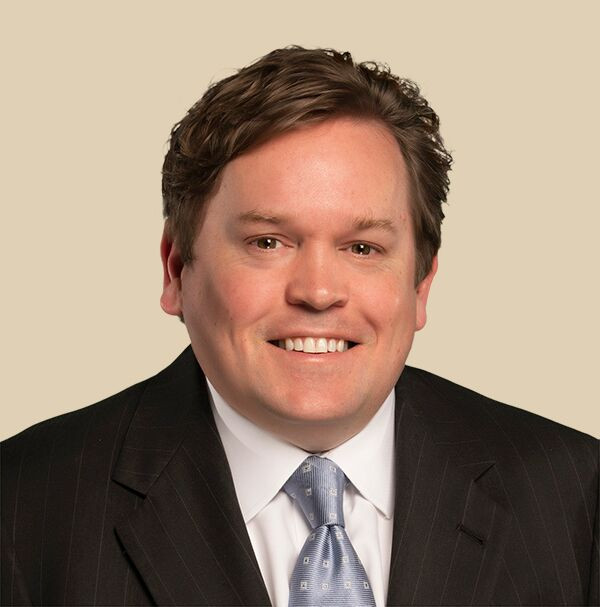The rotator cuff is a group of four muscles that gives one the ability to rotate the shoulder by the attachment of tendons. As a person ages, the tendons tend to degenerate and become weaker. With this weakness, a much smaller force is then needed to cause a full-thickness tear. Tears can present as pain, pain while sleeping, weakness or stiffness.
Once diagnosed with a complete cuff tear, operative repair is usually indicated. Historically, the rotator cuff would be repaired through a large incision around the shoulder and require significant trauma to the surrounding tissues. As we have progressed through the years, there has been a considerable evolution of techniques that allow for much less trauma during the repair process. As early as 1990, a mini-open approach was reported in an attempt to advance our ability to provide less invasive surgery.
As arthroscopic techniques advanced with more progressive instrumentation, repairs with no large incisions were beginning in the late 1990s. Arthroscopic rotator cuff repair gives us the ability to fix the rotator cuff down to the normal anatomic location so it can heal using just three small "portal" incisions around the shoulder. A small camera is placed into the shoulder to visualize the pathology while the other portals are used to repair the tissue via suture and anchors into bone. Arthroscopy also allows for better visualization, diagnosis, mobilization and treatment of lesions compared to more open approaches. This method cna benefit patients in the near term by having a minimally invasive approach while still maintaining excellent outcomes. Decreased trauma to the shoulder can allow for less pain and therefore an easier rehabilitation.
While no approach is perfect, progression of arthroscopic techniques has enhanced our ability to provide patients an alternative to open surgery. As with any surgery, proper exercise and rehabilitation is necessary no matter what method of repair is chosen.
